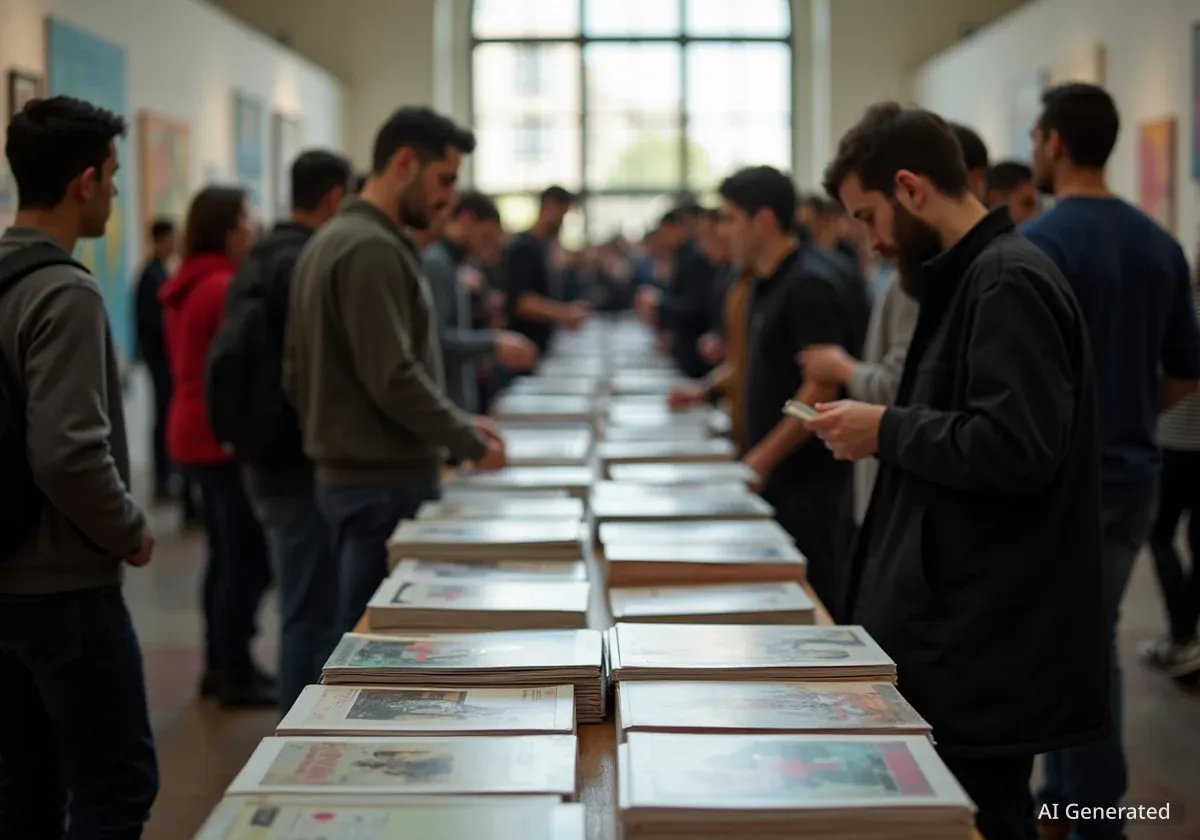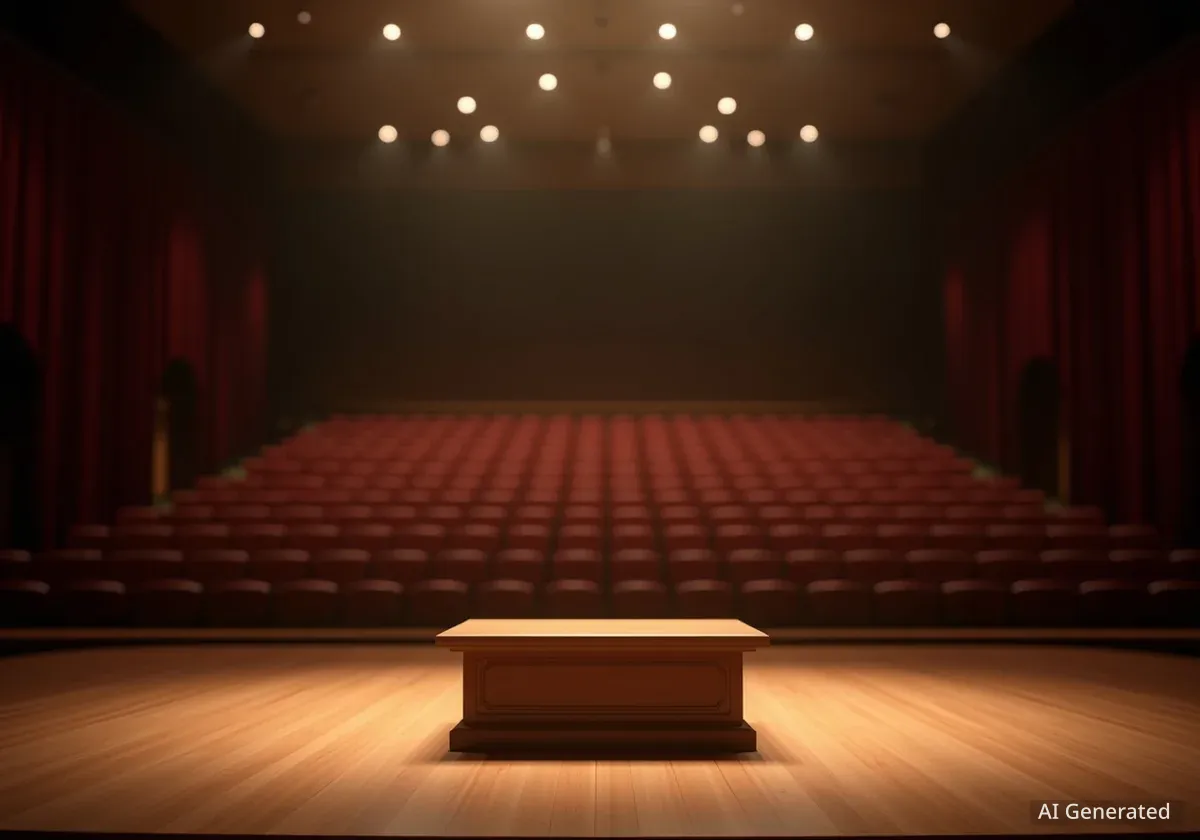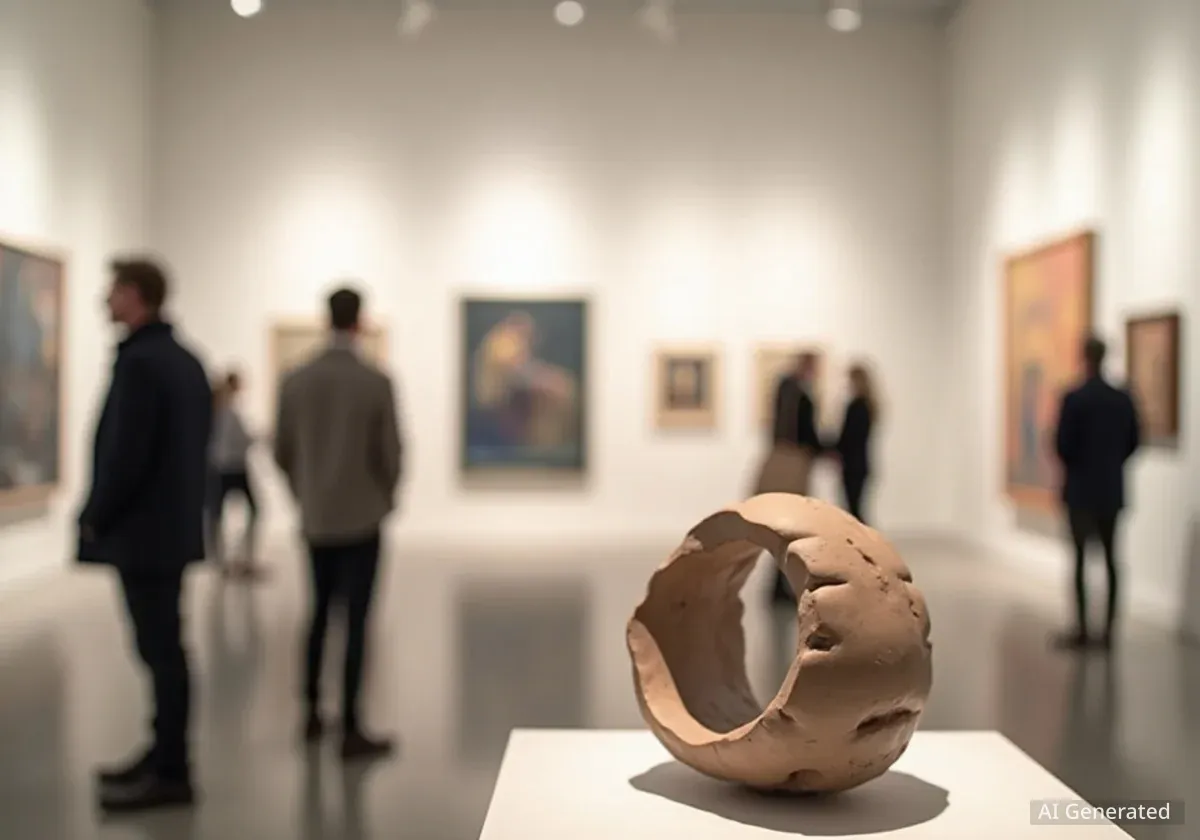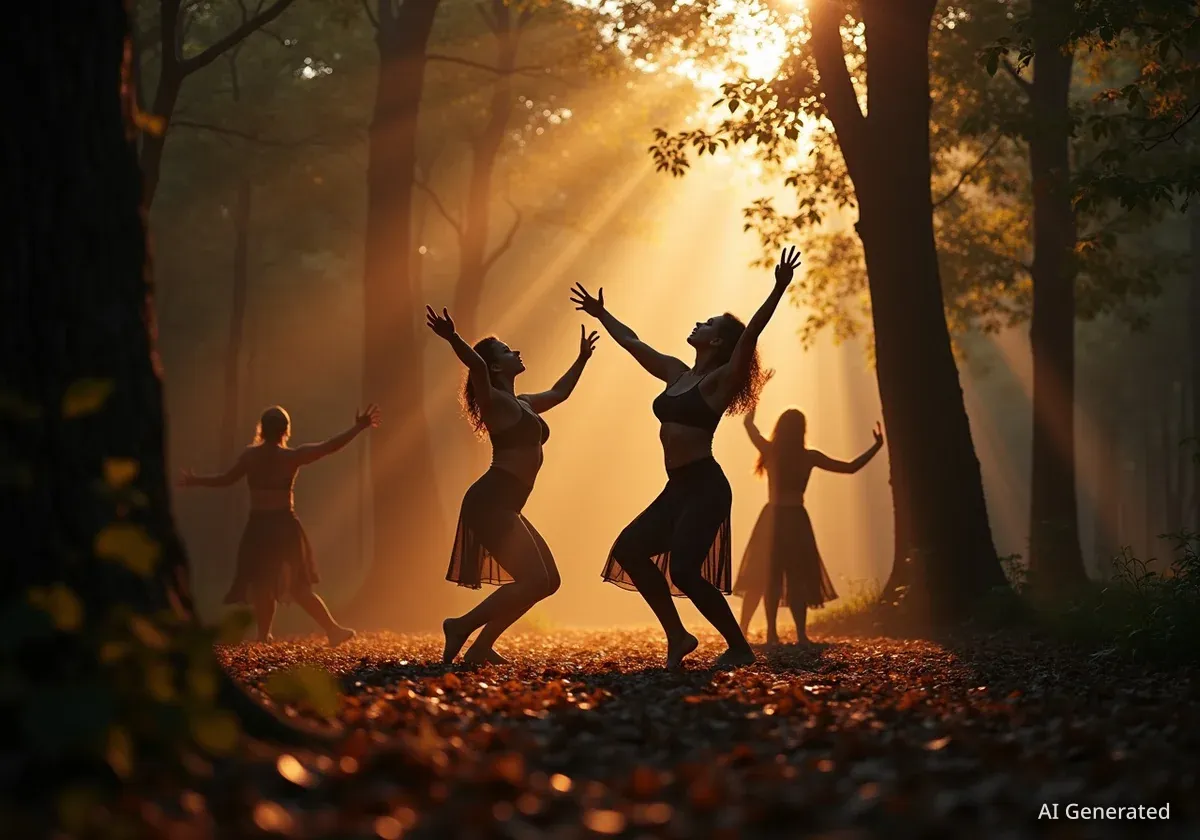In a Tehran courtyard, an independent art book fair recently provided a space for creative expression, operating outside of official state channels. The three-day event, held in late September, attracted nearly one hundred self-publishing artists and hundreds of attendees, showcasing a growing trend of cultural activity that bypasses government censorship.
The fair took place as international discussions continued regarding sanctions on Iran, yet the focus within the event remained on art and personal projects. Participants displayed a range of unlicensed works, including books, zines, and photo collections, in a setting that highlighted a subtle but persistent push for greater personal and artistic freedom.
Key Takeaways
- An unlicensed, independent art book fair was held in Tehran, drawing nearly 100 artists and hundreds of attendees.
- The event is part of a larger cultural movement in Iran where artists and citizens create spaces for expression outside of state control.
- Participants displayed works that do not have the required approval from the Ministry of Culture, a practice that has seen inconsistent enforcement from authorities.
- The atmosphere reflected a desire to live freely, with attendees challenging social norms through dress and open discussion.
A Gathering of Independent Creators
The art book fair, organized with minimal publicity to avoid attracting official attention, quickly grew through word-of-mouth. Artists from across Iran, along with a few international contributors, set up stalls in the courtyard of an old house. They offered a wide variety of self-published materials that are not typically found in mainstream venues.
These works included original stories, photo essays, handmade magazines, and unique designs. By operating without official permits, the artists bypassed the mandatory review process conducted by Iran's Ministry of Culture, which censors all published materials. This act of self-publishing represents a significant step for creators seeking to share their work authentically.
The State of Publishing in Iran
In Iran, every book intended for public distribution must receive a permit from the Ministry of Culture and Islamic Guidance. This process involves a review by censors who can demand changes or deny publication altogether. The unlicensed nature of the art fair's materials places them in a legally precarious position, making the event a notable example of civil disobedience.
Among the items for sale was a photo-book detailing the life of one artist's mother, posters addressing the conflict in Gaza, and materials from a Berlin-based project by queer refugees and migrants. The presence of such diverse and personal topics underscored the fair's role as a sanctuary for voices often marginalized in the public sphere.
An Atmosphere of Lived Freedom
The event was more than a marketplace; it was a reflection of the social shifts following the "Woman, Life, Freedom" movement. Many attendees and organizers see these gatherings as a way to actively practice freedom rather than waiting for political change to grant it. This philosophy was visible in the attendees' personal choices, particularly their clothing.
Many women at the fair chose to wear sleeveless dresses and shorts, while some men also wore shorts. These styles openly challenge the country's strict dress codes. In recent months, such displays have become more common in certain urban areas, though they still carry the risk of attracting negative attention from authorities.
A Shift in Enforcement
Reports from the event suggest a level of inconsistent tolerance from local authorities. One organizer noted that police officers observed the gathering but did not intervene, focusing instead on practical matters like traffic. An officer reportedly told the organizers, "We don’t care about these things. We see worse uptown. Just don’t block driveways." The art itself was apparently ignored.
This hands-off approach is not guaranteed. The Iranian government's response to social and cultural boundary-pushing often operates in cycles. Cafés and other establishments that tolerate unveiled women may be allowed to operate for a time before being shut down in a sudden crackdown, only to see similar spaces emerge elsewhere.
Navigating an Uncertain Future
The artists and attendees at the fair are aware of the temporary nature of such freedoms. The state's tolerance can vanish quickly, especially if an event gains widespread attention on social media and provokes a reaction from hardline political factions. When this happens, the government often acts swiftly to placate its conservative base.
Despite this uncertainty, participants continue to build communities and collaborate on creative projects. The fair included workshops and discussions, all conducted without official licenses. The focus is on creating and sharing in the present moment, driven by a conviction that cultural life should not be postponed.
"It belonged to the wave of activity born of the Woman, Life, Freedom movement, shaped by the conviction that freedom must be lived, not pleaded for or postponed."
The event in the Tehran courtyard demonstrates a quiet resilience. While international politics and sanctions dominate headlines, these smaller, community-driven initiatives show a different side of contemporary Iranian life. Through art, publishing, and social gathering, individuals are creating pockets of freedom, choosing to live by their own terms in a form of passive resistance that prioritizes personal expression over direct confrontation.





